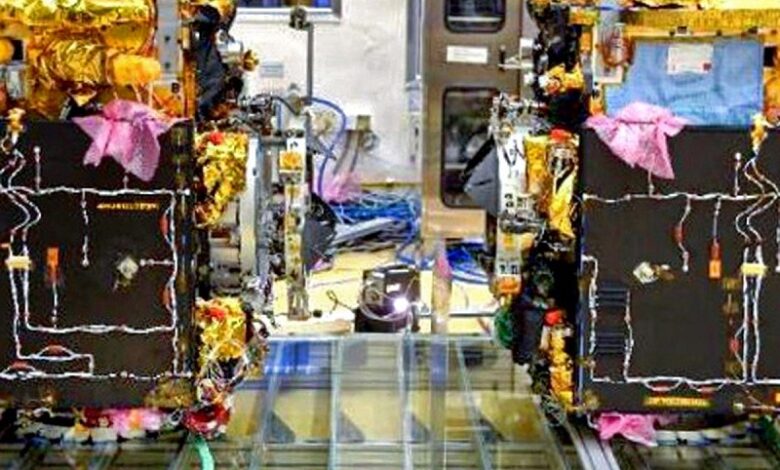ISRO’s Spadex Mission will demonstrate satellite docking on December 30.
News Mania Desk /Piyal Chatterjee /30th December 2024

The Spadex mission, slated to launch at 9:58 p.m. on December 30 from the Sriharikota spaceport, is the Indian Space Research Organisation’s (ISRO) year-end mission. This project includes two spacecraft, SDX01 (Chaser) and SDX02 (Target), which will demonstrate docking capabilities in orbit. The mission, which will demonstrate the alignment, connection, and power transfer between these satellites, is believed to pave the way for future initiatives such as the Chandrayaan-4 and the projected Bharatiya Antariksh Station.
According to sources, the Polar Satellite Launch Vehicle (PSLV-C60) would launch the 220-kg satellites into a 470-kilometre circular orbit. The satellites will begin to separate at a distance of 10-20 km utilizing relative velocity changes given by the rocket. The propulsion engine of the Target satellite will then maintain this distance to avoid additional drift, so initiating the “far rendezvous.” The Chaser spacecraft will make gradual approaches, closing the gap in determined steps until docking is completed.
After docking, the satellites will demonstrate electrical power transmission and shared spacecraft control. Following separation, both spacecraft will run their own payloads, which are planned to last two years.
According to reports, the Spadex mission would use revolutionary technology like as docking mechanisms and enhanced sensors to ensure accuracy throughout the docking operation. This project also includes a navigation constellation-based system for determining and propagating relative orbits. The Chaser satellite includes a high-resolution tiny surveillance camera, whilst the Target satellite has a multispectral payload for monitoring vegetation and natural resources. A radiation monitor on the Target will gather space radiation data for examination.
According to many sources, the rocket’s last stage will hold 24 payload experiments, including a robotic arm for debris collecting and a study on seed germination and plant development. The project represents a significant advancement in proving tiny satellite docking, a difficult operation that demands perfect control and synchronization.






